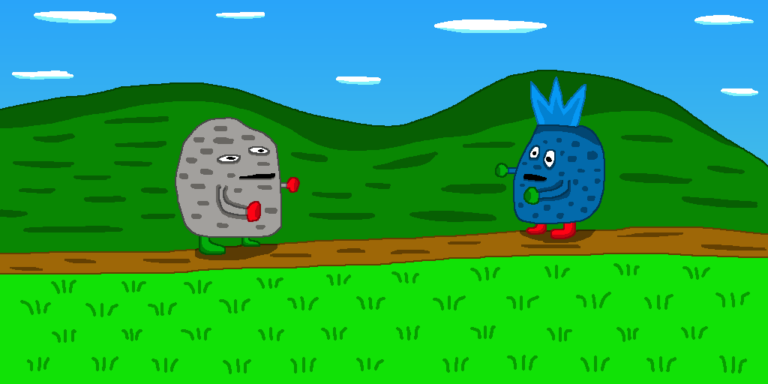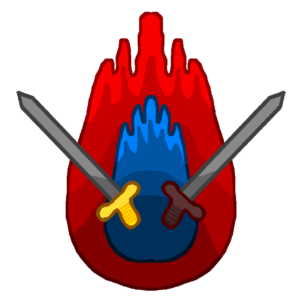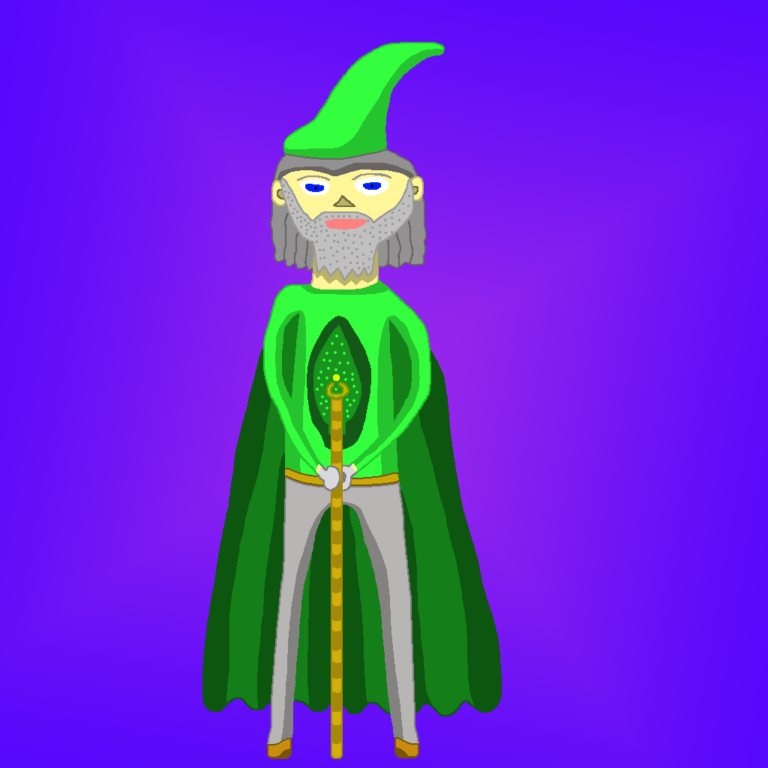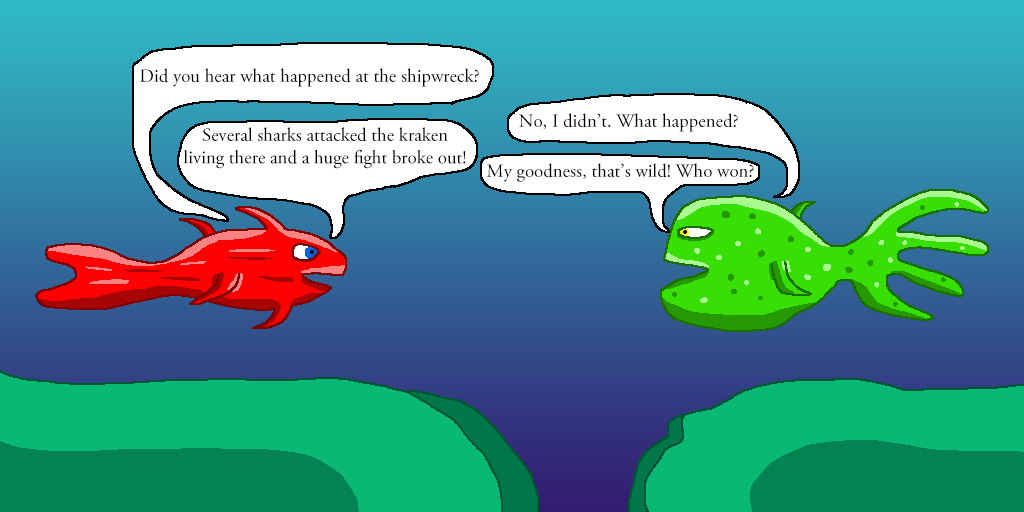Join US
Do you want to build the fantasy world you’ve always dreamed of?
Subscribe to receive notifications when a new post is out and for our monthly newsletter!
You can always unsubscribe anytime.


Much like real people, the characters in a story are complex, three-dimensional beings. They have their own dreams and goals. In the story, characters don’t just do things by themselves; they do things with other people which can affect the plot in a number of ways. Character interactions are instrumental to crafting a timeless tales.
Character interact with each other in a myriad of ways. They talk to each other, do activities like fishing or shopping, or touch each other like a pat on the back. Even how they converse can differ from person to person. Characters friendly with each other are more relaxed and likely to poke fun at each others as opposed to those who have a turbulent relationship where they name-call or clash viciously.
How then do you create character interactions that feel organic, both in terms of their relationship to each other and the tale? The number one rule is to have these interactions occur naturally. That is, they need to fit in with how they perceive each other which will make how they interact flow naturally and not feel shoehorned in.
While the interactions ought to occur naturally, so should the dialogue. You want to incorporate the dialogue between multiple characters as they do whatever they’re doing in the scene in a way that does not deter from what’s going on in the scene. Doing so is a delicate balancing act which means you need to tread carefully.
In the story, there are many different types of scenes. One such kind is the dramatic scene and these particular scenes are prime opportunities to really show the power of character interactions. How they interact with each other during a dramatic scene can turn the scene into one of the most memorable in the tale.
We’re now at number thirty in the writing a fantasy book series. That’s quite a feat! We have plenty more articles which you can find on our blog page.
Whether they’re laughing or fighting, characters interact with each other in different ways. You see it in every scene two or more are in and it’s fascinating to see how they perceive each other. Their perception of other characters dictates how they interact with them.
Characters have different relationships with each other. Some are close-knit allies whereas some have a bitter rivalry with certain others. The goal is to have them interact with each other in a way that reflects their relationship which, in turn, will make them feel natural to your readers.
How do you accomplish this? Look at all of the characters, both major and minor, in your story. Each one of them has their own personality, their own perspective on how they see the world. Those two elements drive how they interact with other people. Keep this in mind as we move forward.

Think about the relationship each one has with the ones they already know and those who they will meet during the course of the story. When writing a novel, only you can make that decision for the characters in your story. After all, the type of relationship they have dictates how they interact with each other.
When writing a scene that contains multiple characters, how they interact with each other illuminates the type of relationship they have. Characters who are great friends tend to be more relaxed and conversational, capable of speaking their mind without holding anything back whereas lovers are more passionate, affectionate, and more touchy-feely.
Knowing the nature of their relationship will make writing character interactions easier, for you already have a framework in which to work with. Use this to your advance to create interactions that feel organic!
Many character interactions use dialogue to an extent. Some use full-borne conversations that span multiple pages using several other actions like sitting and others simply use several words when at a store checkout that take about half a page. The variety of dialogue in character interactions gives you a great number of different routes to take.
As in the preceding section, it’s imperative that you match the dialogue with how characters perceive each other. Those with hostile relationships are guarded which leads to their tone being frosty as they exchange a war of words, determined to emerge as the victor.
Those with great friendships are happy to see each other and speak in a more relaxed tone that shows how comfortable they are. Matching the dialogue to character relationships enables the audience to see what they really think of each other which helps keep things interesting!

Physical touch is a key feature in dialogue and character interactions. How characters touch each other speaks volumes about their relationship. A pat on the back shows support, especially when a character is going through a difficult time. Shoving someone during a heated argument is a sign that things are on the cusp of escalating. Using physical touch in conjunction with dialogue in character interactions can help take the scene to a wholly new level.
One thing to remember about dialogue is that each character has their own style of speaking. Some use broken words whereas others use extensive vocabulary. How they speak impacts how they interact with other characters and this applies both to familiar acquaintances and the people they meet throughout the story.
Physical gestures are a prominent feature of character interactions. They give your readers a glimpse into their heart, the emotion they’re feeling at that particular moment. Characters gesture as they speak, whether it be pointing at something or pounding their fists on a table, which adds gravitas to the scene.
A novel has many different scenes. Some are comedic, adding levity to an otherwise serious story and others simply depict characters traveling from one place to another. Characters interact with each other in all these scenes but there’s one type of scene where the interactions truly shine and that would be the dramatic.
Dramatic scenes give characters the opportunity to show your readers what they’re made of. The fact that they serve as pivotal moments in the plot enables the characters to not pull any punches. As such, you want to use the right type of interactions with the kind of scene it is.

A common use of dramatic scenes is to have a confrontation of some kind. It could be an argument over something related to the plot or someone finds out the truth about something and is upset that someone he considered a friend knew about it and withheld it from him. You can use this type of dramatic scene to show the emotions behind the interaction which helps make for a powerful scene.
In fight or battle scenes, characters interact like in no other scene. Their mind frame is in survival mode and every move they make is meant to ensure they don’t die. That applies to how they interact with the person trying to kill them. They may engage in a war of words as if taunting while they nimbly move their feet, looking for a chance to deliver the fatal blow.
Dramatic scenes are full with tension which means the characters show that tension in how they interact with each other. Elements like the atmosphere and the setting in these scenes drive that interaction as they either show the anxiety or fear in their heart or endeavor to conceal it, putting on a brave act.
Character interactions add an extra dimension to the people in your story, making them feel more real to your readers. This makes it easier for them to form a connection with them since they can picture the interactions and the emotions behind them in their mind. And there’s no end to how they interact with each other.
When working on this, the most important thing you can do is to make the interactions feel natural. That is, you want them to act and speak with others in a way that fits their personality. How they perceive other people dictates how they interact with them.
Dialogue is an essential component in character interactions. Characters speak to each other based on their relationship. Things like physical gestures are important elements in dialogue as they’re physical indicators of the relationship between characters.
Dramatic scenes are an excellent opportunity to to showcase how characters truly perceive each other. You do so by showing the raw emotions behind their interactions, whether they’re arguing, fighting, or mourning the loss of someone. This leaves a powerful impression on your readers.
Character interactions are a cornerstone of a great story. Using them right can mean the difference between an ordinary story and one that your readers return to over and over again.
Let me know what you think in the comments below. (Note: this is an account-exclusive feature).
If you don’t have one, you can register here. It only takes a few moments of your time!
Liked this article and want to subscribe? All you have to do is fill out the form below and that’s it!
Thanks for reading this and until the next time,
Sunfire
Subscribing means you receive:
You can always unsubscribe anytime.
Do you want to build the fantasy world you’ve always dreamed of?
Subscribe to receive notifications when a new post is out and for our monthly newsletter!
You can always unsubscribe anytime.